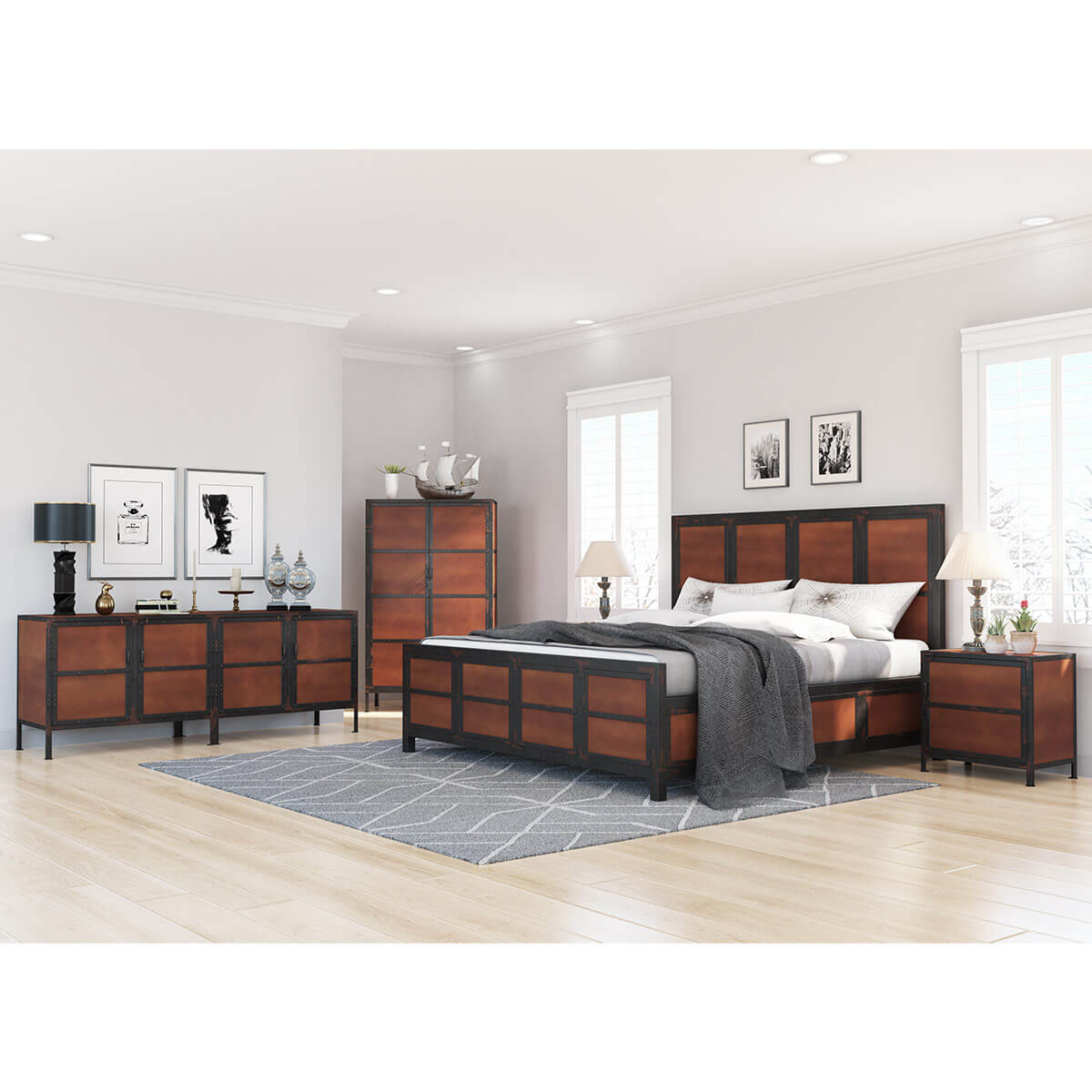All Categories
Featured

When selecting furnishings for your home, among one of the most critical decisions includes picking the best materials. The furniture you pick not only defines the visual of your space but also influences its durability. Longevity and design are two essential elements to take into consideration when making your choice. Some materials are naturally extra resilient and sturdy, while others supply an one-of-a-kind flair that complements numerous layout styles. Below are several of the very best furnishings materials that balance both resilience and design, guaranteeing your investment lasts and improves your home for several years ahead.
- Strong Timber. Toughness:. Solid wood has actually been a recommended choice for furniture for centuries, and for good reason. Hardwoods such as oak, cherry, walnut, and maple are recognized for their unbelievable stamina and resilience. These materials resist warping and splitting and can stand up to heavy usage. With proper care and upkeep, strong timber furnishings can last for generations, making it a wise investment for your home.
Design:. Strong timber furniture can fit a range of design choices, from conventional to contemporary. The capability to redecorate wood over time additionally enables it to adjust to transforming designs.
- Natural leather. Resilience:. Leather furnishings is not only elegant but likewise unbelievably sturdy. Natural leather develops a beautiful patina over time, including depth and personality to the material.

Style:. Leather shows class and sophistication, making it a prominent choice for both contemporary and timeless interiors. Natural leather pieces can vary from traditional tufted styles to sleek, modern-day forms, allowing it to fit seamlessly into a variety of layout systems.
- Metal (Stainless Steel and Iron) Longevity:. Steel, particularly stainless steel and iron, is an excellent selection for sturdy furnishings. Both materials can hold up against wear and tear and are great options for furniture that needs to sustain hefty usage.
Style:. Metal furniture supplies a sleek, industrial vibe that complements contemporary and contemporary interiors. Stainless steel has a polished coating that brings a touch of high-end to any type of room, while iron's matte or weathered appearance produces a more rustic, classic feeling. Combining metal with other materials like wood or glass develops striking contrasts that improve the overall visual of your space.
- Upholstered Fabrics (Velvet, Linen, and Cotton) Durability:. Upholstered textiles provide both comfort and style, with particular materials showing to be extra durable than others. Picking firmly woven materials can enhance resilience and resistance to pilling.
Design:. Upholstered fabrics offer a wide variety of shade and appearance choices. Velvet includes an abundant, opulent touch to furniture, making it suitable for elegant setups. Bed linen and cotton offer an even more laid-back, loosened up visual, ideal for contemporary, seaside, or farmhouse designs. The versatility of upholstered fabrics permits you to personalize the feel and look of your furnishings, guaranteeing it matches your home's overall style.
- Glass. Toughness:. Glass is an one-of-a-kind furniture product that includes sophistication to any area. While it is not as durable as metal or wood in regards to effect resistance, solidified glass is highly durable and much stronger than regular glass. It is likewise resistant to discoloration, making it easy to clean and preserve. Glass furniture is best for little areas as it doesn't visually clutter an area.
Design:. Glass furnishings is chic, modern, and minimal. It adds a sense of airiness and lightness to a space, aiding to make areas appear larger and a lot more open. Glass closets, racks, and tables can conveniently match any type of design style, from sleek and contemporary to traditional. Integrated with various other products like wood or steel, glass develops a sophisticated appearance that complements various layout aspects.
- Rattan and Wicker. Longevity:. Rattan and wicker are natural products known for their toughness and adaptability. While not as solid as strong timber or steel, they are resilient and well-suited for furnishings made use of in interior and outdoor settings. Appropriate care can extend the life of rattan and wicker, and these materials are immune to cracking and fading, particularly when maintained with proper security.

Design:. Rattan and wicker furnishings have a loosened up, earthy charm that functions beautifully in seaside, bohemian, or tropical-themed spaces. These materials are easy and light-weight to relocate, and they include structure and an all-natural, organic feeling to an area. When coupled with paddings or upholstered material, wicker and rattan develop comfortable, welcoming seating plans.
Conclusion. Choosing the appropriate furniture materials entails balancing resilience with design. By taking into consideration the resilience, upkeep needs, and style choices for each material, you can make an enlightened choice that guarantees your furniture will both stand up to the examination of time and elevate the aesthetic of your home.
Latest Posts
Style Your Perfect Shower Room
Published Apr 21, 25
1 min read
Customized Wealth Monitoring with WyHy Federal Cooperative Credit Union
Published Apr 21, 25
1 min read
The Perfect Floor Covering for Every Home
Published Apr 20, 25
1 min read